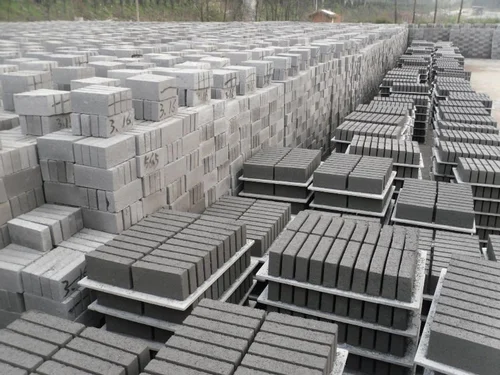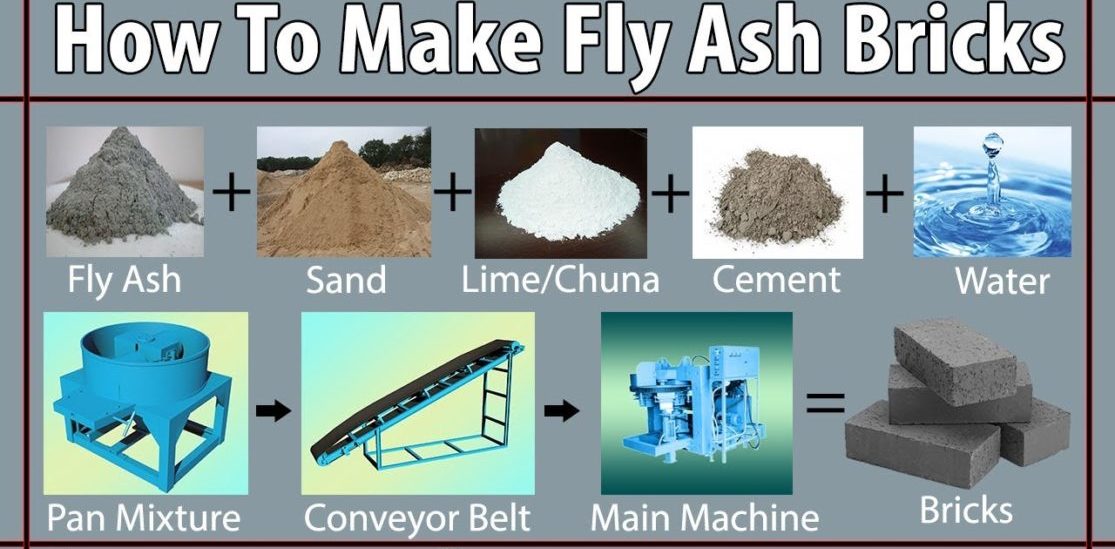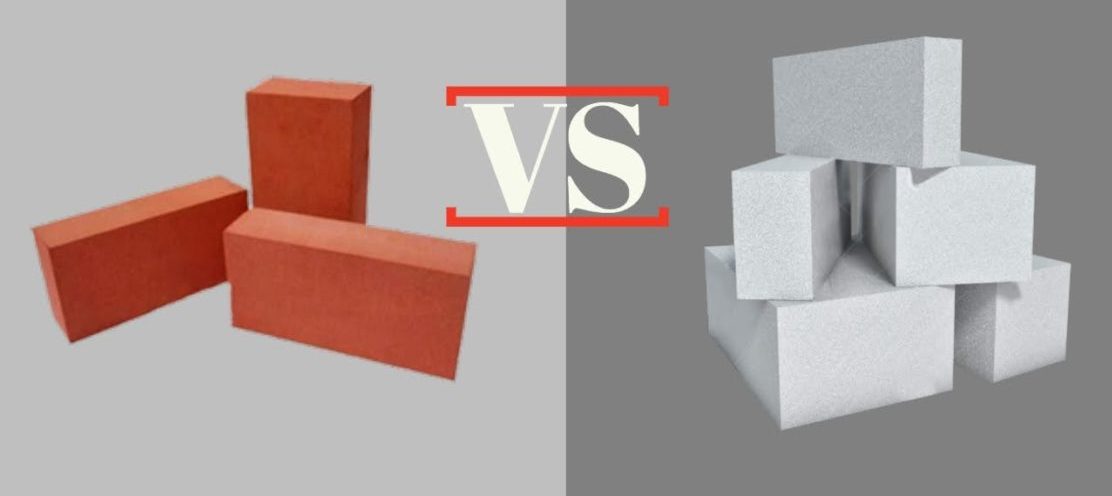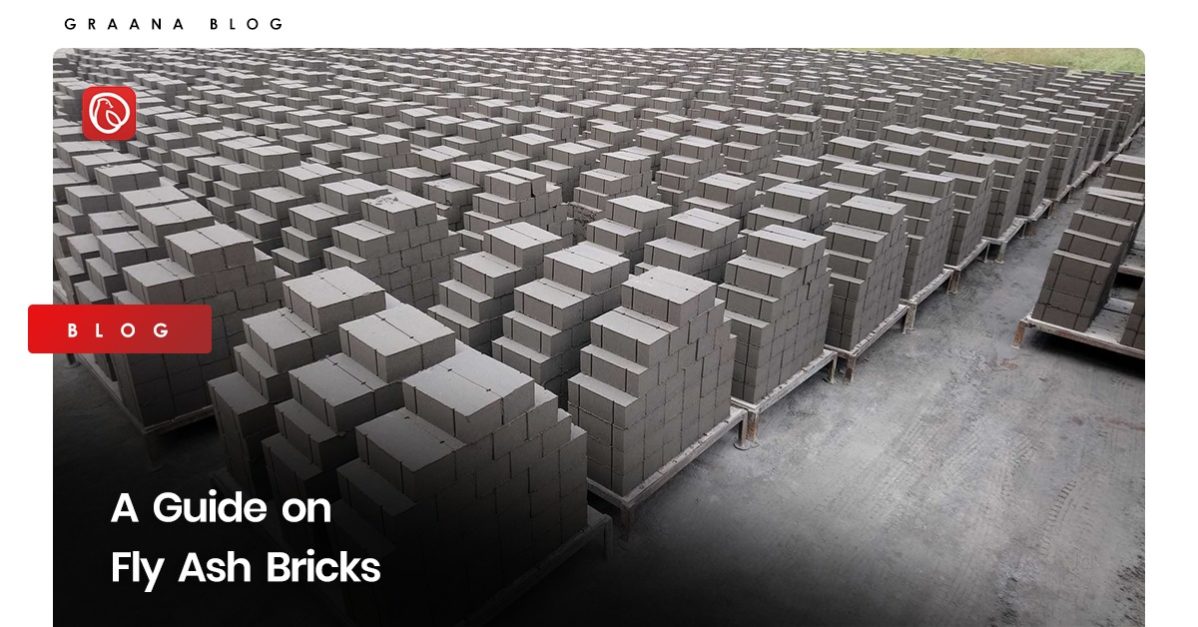The construction industry is rapidly evolving, and new materials are being introduced that offer a better and more sustainable alternative to conventional building materials. One such material is fly ash bricks.
Moreover, these bricks are advanced and high-quality blocks that are utilised in constructing brick masonry structures. They can serve as a substitute for traditional clay blocks due to their superior properties. Some of the biggest benefits of using these bricks include the conservation of natural resources and safeguarding the environment.
Graana.com has prepared a guide on fly ash bricks below, along with its advantages and disadvantages.
What Are Fly Ash Bricks?

These blocks are eco-friendly and sustainable building materials made by mixing fly ash, cement, and other materials. Fly ash is a fine, powdery material that is produced when coal is burned.
It is usually collected from power plants and is a byproduct of coal combustion. The use of fly ash in brickmaking has been gaining popularity due to its many benefits, such as its strength, durability, and cost-effectiveness.
How Fly Ash Bricks Are Made

These blocks are made by mixing fly ash, cement, sand, and water. The mixture is then poured into moulds and allowed to dry.
Once dry, the bricks are removed from the moulds and cured for several days in a controlled environment. This process ensures that the bricks are strong and durable.
Advantages of Fly Ash Bricks
The following are some benefits of using fly ash bricks
Strength and Durability
These blocks are stronger and more durable than traditional clay bricks. They have a compressive strength of up to 200 kg/cm², making them an ideal choice for building structures that need to withstand heavy loads.
Cost-Effective
They are cheaper to produce and require less labour in comparison to traditional clay bricks, resulting in significant cost savings for builders.
Eco-Friendly
These bricks are made from a waste product of the coal industry. By using fly ash, we can reduce the amount of waste produced and protect the environment.
Thermal Insulation
They offer excellent thermal insulation properties, making them ideal for buildings in hot and humid climates. They can help reduce the need for air conditioning, resulting in energy savings and a reduction in greenhouse gas emissions.
Fire Resistance
These bricks are highly resistant to fire.
Disadvantages of Fly Ash Bricks
These are some of the drawbacks of fly ash bricks:
Strength and Durability
These bricks have lower compressive strength and durability compared to traditional clay bricks. This can result in the need for more frequent repairs and maintenance, which can be expensive and time-consuming.
Quality Control Issues
The production of these bricks requires strict quality control measures to ensure consistent quality and durability. Otherwise, there may be inconsistencies in the size, shape, and strength of the bricks, leading to structural problems and safety issues.
Absorption Rate
They have a higher absorption rate than traditional clay bricks, which can lead to water damage and decay over time. Furthermore, this can cause structural issues and weaken the overall integrity of the building.
Environmental Concerns
While these bricks are an eco-friendly alternative to traditional clay bricks, the process of producing them can be harmful to the environment. The production process can release harmful pollutants into the air and water, contributing to environmental degradation.
Availability
They may not be as widely available as traditional clay bricks, making them harder to find and potentially more expensive. This can make them less accessible to builders and homeowners, especially in remote areas.
Fly Ash Bricks vs. Conventional Clay Bricks

The choice of materials is critical to ensure the safety, durability, and cost-effectiveness of a construction project. Two popular types of bricks used in construction are fly ash bricks and conventional clay bricks. Let’s take a look at the differences between the two.
Raw Materials
These blocks are made by mixing fly ash, cement, sand, and water, while conventional clay bricks are made from natural clay, water, and sand. The use of fly ash, a by-product of thermal power plants, makes these bricks an eco-friendly option as it reduces the disposal of waste material.
Strength and Durability
Fly ash bricks are known for their superior strength and durability as they are cured under high pressure and steam. They also have a higher compressive strength than conventional clay bricks, making them suitable for building structures that require high load-bearing capacity.
Cost
These bricks are generally cheaper than conventional clay bricks as they are made from waste materials and require less energy to produce. Additionally, their light weight makes them easier to transport and handle, reducing labour and transportation costs.
Environmental Impact
Fly ash bricks are considered to be more environmentally friendly than conventional clay bricks because they reduce the amount of waste in landfills and require less energy to produce. They also emit fewer greenhouse gases during the manufacturing process.
Availability
Conventional clay bricks are widely available in many regions around the world, while fly ash bricks may be limited in the market.
How Fly Ash Bricks Benefit the Environment
Some of the ways that fly ash bricks contribute to the environment include:
Reduction in Waste
Fly ash is a waste product of the coal industry, and its disposal can be a significant environmental issue. By using fly ash in brickmaking, we can reduce the amount of waste produced.
Conservation of Natural Resources
By using these bricks, we can reduce the demand for clay, which is a finite resource. This can help conserve natural resources and reduce the environmental impact of clay mining.
Reduction in Greenhouse Gas Emissions
The production of clay bricks involves the burning of coal, which releases carbon dioxide and other greenhouse gases into the atmosphere. Moreover, by using these blocks, we can reduce the demand for clay bricks and, therefore, reduce greenhouse gas emissions.
Improved Air Quality
The use of these blocks can improve air quality by reducing the amount of fly ash that is released into the atmosphere. Fly ash is a byproduct of coal combustion and can be harmful to human health if inhaled.
Reduced Landfill Use
The production of these bricks reduces the amount of waste in landfills.
Conclusion
Fly ash bricks are an innovative and sustainable building material and offer significant advantages over traditional clay bricks. They are stronger, more durable, and cost-effective, making them an ideal choice for builders.
Additionally, their use can benefit the environment by reducing waste, conserving natural resources, and reducing greenhouse gas emissions. As the construction industry continues to evolve, it is essential to consider eco-friendly and sustainable materials like fly ash bricks to create a better future for our planet.
If you want to learn more about construction materials, follow Graana blog.
FAQ’S Related to Fly Ash Bricks
Q: What are fly ash bricks?
A: Fly ash bricks are bricks made by using fly ash, which is a byproduct of burning pulverized coal in thermal power plants, as the primary ingredient. These bricks are commonly used in construction due to their low cost, high durability, and eco-friendliness.
Q: What are the advantages of using fly ash bricks?
A: Fly ash blocks are lightweight, high in strength, and have good insulation properties. They are also cost-effective, eco-friendly, and can be manufactured in different shapes and sizes. In addition, they are resistant to fire, termites, and other pests, and do not require any curing or plastering.
Q: How are fly ash bricks made?
A: These bricks are made by mixing fly ash, sand, cement, and water in a pan mixer to form a uniform mixture. The mixture is then poured into the brick moulds, which are then compressed using a hydraulic press. The blocks are then cured in a steam chamber for 24 hours and are ready for use.
Q: Are fly ash bricks as strong as traditional clay bricks?
A: Yes, these cinder blocks are as strong as traditional clay bricks, and in some cases, even stronger. They have a compressive strength of up to 100 kg/cm2, while clay bricks have a compressive strength of 35-50 kg/cm2.
Q: Are fly ash bricks suitable for all types of construction?
A: Yes, these cinder blocks are suitable for all types of construction, including residential, commercial, and industrial buildings. On the other hand, they are also used for the construction of walls, floors, and other structural components.
Q: Are there any disadvantages to using fly ash bricks?
A: Fly ash bricks have a lower water resistance compared to clay blocks, which means that they may absorb water during heavy rain or flooding. However, this can be addressed by applying a waterproof coating or using proper drainage systems during construction.
Q: How do fly ash bricks contribute to the environment?
A: These blocks are made from waste material that would otherwise be disposed of in landfills, which helps to reduce environmental pollution. Furthermore, they also require less energy and resources to manufacture compared to traditional clay bricks, making them a more eco-friendly option for construction.
Q: Where can I buy fly ash bricks?
A: These bricks are widely available and can be purchased from local brick manufacturers or building material suppliers. Moreover, you can also contact manufacturers online to place an order.




